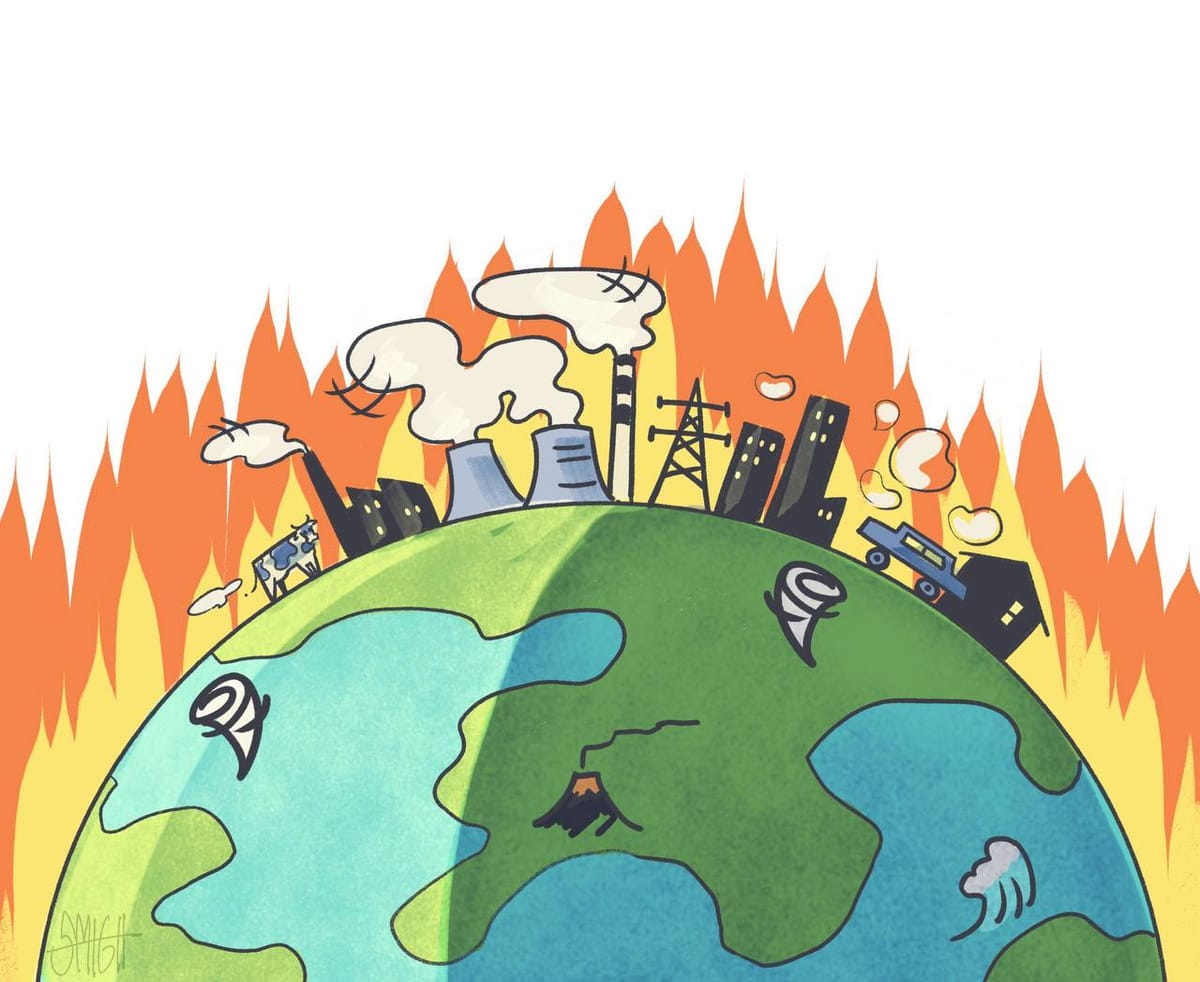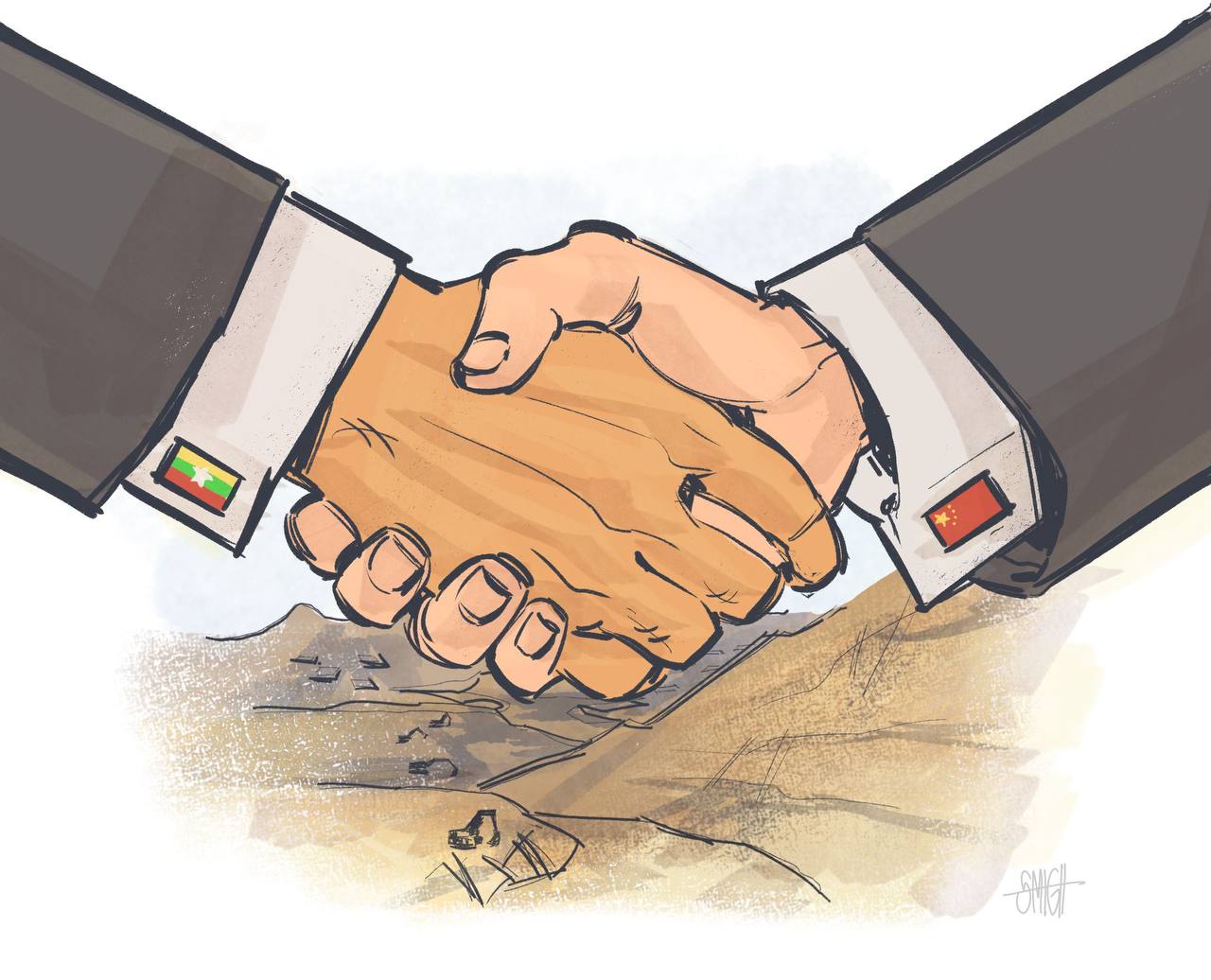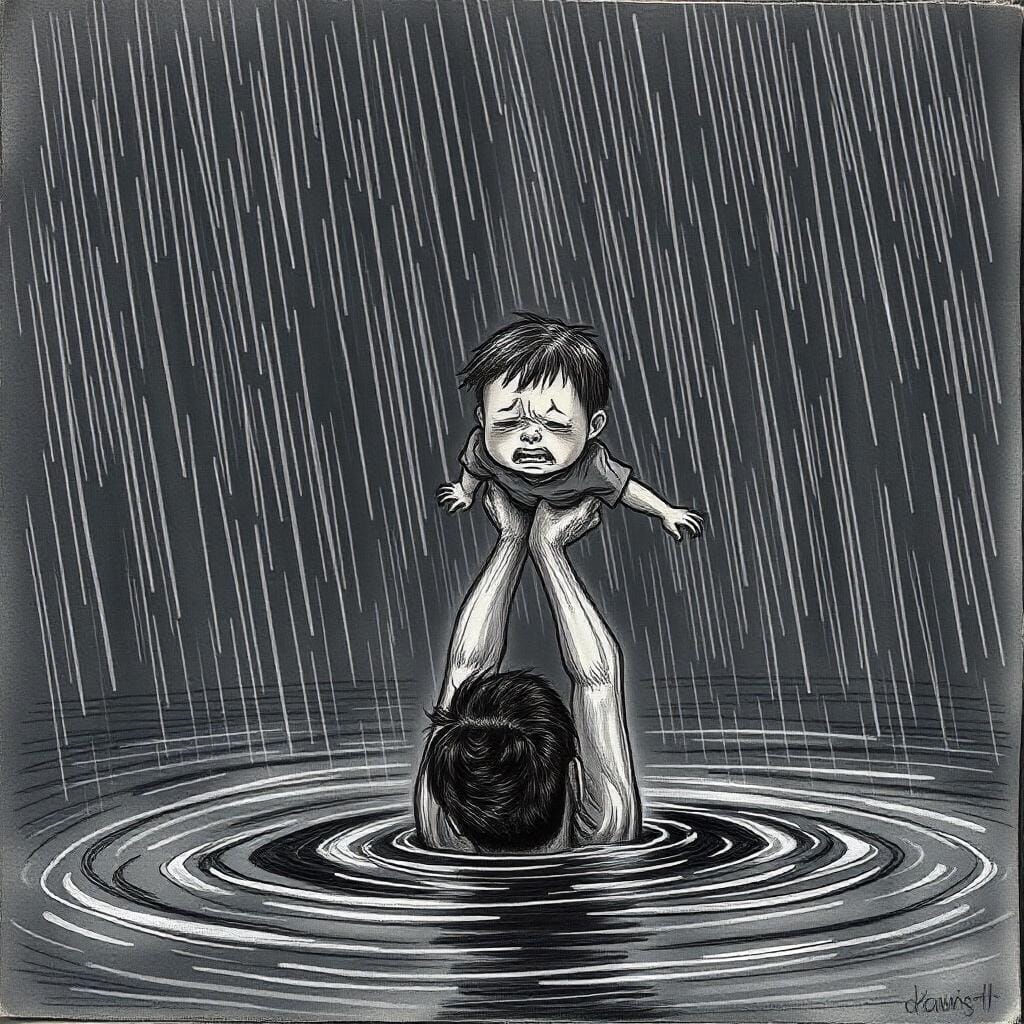
Breaking records isn't always a good thing.
There's one particular record that keeps being broken year after year without any competition. The record-breaker in question is the increasingly severe global temperatures. The year 2023 marked the hottest year in 174 years of recorded history. This record-breaking event wasn't met with applause.
What happens when global temperatures rise? Oceans warm up. Sea levels rise. Oceans become more acidic. Arctic ice melts. Extreme weather events increase. Storms become more frequent. Heavy rainfall occurs. Droughts strike. Floods devastate. Forest fires rage. Heat-related diseases spread. Species like polar bears and penguins face the threat of extinction.
These are natural disasters leading to dire consequences: epidemics, food shortages, and the loss of living species.
Why Do Natural Disasters Occur?
The extremely hot global climate is a fundamental cause of natural disasters. The world is heating up due to increased greenhouse gases in the atmosphere. Methane, carbon dioxide, nitrogen oxide, and chlorofluorocarbons are gases that create the greenhouse effect.
Methane comes from agricultural lands, rice fields, landfills, coal mines, and cattle digestion. Carbon dioxide is released from plants, factories, car exhaust, garbage burning, slash-and-burn agriculture, and forest fires. Nitrogen oxide comes from excessive use of nitrogen fertilizers in plantations and industrial emissions. Chlorofluorocarbons are emitted from air conditioning units.
Looking at greenhouse gases, almost all are human-made. These greenhouse gases are actually byproducts born alongside the Industrial Revolution. From the early 19th century until now, the main emitters of these greenhouse gases into Earth's atmosphere have been developed nations and their large corporations.
About 80% of global greenhouse gas emissions come from wealthy, developed countries like China and the United States, while less than 20% comes from developing nations.
However, the natural disasters caused by global warming affect the entire world without respect for borders, though poor countries suffer more severely.
When examining global natural disaster incidents, they occur more frequently in developing countries. According to the Intergovernmental Panel on Climate Change (IPCC), developing countries face natural disasters 15 times more often than developed countries. Why is this happening?
Poverty
As the Myanmar saying goes, "The lowland gets pierced by spears," poverty is the main factor in suffering from natural disasters. The United Nations' Millennium Development Goal of reducing poverty remains a challenge for today's world. Poverty is also a key challenge in natural disasters.
Developing countries lack sufficient funds to prevent and respond to natural disasters. Environmental sectors receive lower priority compared to other national sectors. When not prioritized, legal implementation also becomes weak.
For the closest example, we can look at Cyclone Nargis, which was Myanmar's largest and most destructive natural disaster. Beyond the death toll of over 130,000 people, survivors still haven't recovered from poverty due to the destruction of their livelihoods.
Although Nargis made people more aware of natural disasters, the Natural Disaster Management Law wasn't enacted until five years after Nargis. However, this law's effectiveness hasn't extended beyond prosecuting certain individuals with criminal charges and hasn't had meaningful impact on the public.
Looking outside the country at other developing nations, the World Bank reports that 26 low-income African countries lose about 2% of their GDP annually due to natural disasters between 2021 and 2023.
In developing countries, most residential infrastructure cannot withstand earthquakes, floods, or storms. Due to substandard housing, damage is more severe when natural disasters strike. This way, natural disasters push people further into poverty. And so the cycle continues.
Technology and Human Resources
Emergency management, rehabilitation, disaster preparedness, and response are essential when natural disasters occur. Technology and human resources are crucial for this.
Among natural disasters, floods and storms are preventable natural disasters. Weather monitoring technology for hurricanes and tropical cyclones improves year by year. The World Economic Forum now reports that weather monitoring can be done with AI technology.
Even for unpredictable natural disasters like earthquakes, predictions can be made using technology called Seismography based on mathematical data.
However, these technologies are expensive and require experts to operate them, making them inaccessible to developing countries.
Without such advanced technology, even for predictable natural disasters like storms, countries must rely on weather reports from other external countries. When distributing this information, there's still the barrier of limited internet access for everyone.
Another point is human resources. After Nargis, while the public became more interested in weather, meteorologist U Tun Lwin became the "weather god" for the people. After U Tun Lwin's passing, public trust in meteorological department announcements has weakened. This is partly due to personal bias but also reflects the scarcity of experts like U Tun Lwin whom the entire public could trust.
Political Stability
For developing countries facing natural disasters, besides money and technology, another crucial consideration is political system instability.
A country's political system can support resilience to natural disasters, and natural disasters can significantly impact political stability and legitimacy.
When natural disasters occur in an unstable political situation, the disaster transforms into a political pattern. When natural disasters become like political problems, disaster victims become not just disaster refugees but an organized society capable of making demands and become political playing pieces. Thus, the approach to handling natural disasters changes. Aid becomes restricted, and international assistance becomes difficult to access.
For example, there was the 2004 tsunami incident. At that time, both Indonesia and Sri Lanka, which were most severely hit by the tsunami, were politically unstable. Indonesia was experiencing domestic conflict over Aceh province's independence movement of thirty years, while Sri Lanka was dealing with Tamil Tiger rebels' northern separation issues.
Although international donations and aid for natural disasters poured in massively, the unstable political situations prevented them from being as effective as intended. The victims caught in between were the disaster-affected public.
During the 2003 Bam earthquake in Iran, due to political instability, aid couldn't be adequately provided, and earthquake victims had to live in tents until 2005.
In Myanmar, we have the recent September flooding incident. Due to civil war conditions, territorial instability and aid restrictions caused losses.
There's another point to consider within political instability: resource extraction. A country might be poor but have resources. If there's weak legal protection for fair resource conservation and political instability, the likelihood of natural disasters for such countries increases significantly.
Uncontrolled excessive extraction of resources without establishing sustainable processes is like manually inviting natural disasters.
Therefore, international political researchers point out that developing countries' political instability is a factor that makes natural disasters worse.
Solutions
Due to these weaknesses, we can't definitively say every poor country faces more natural disasters. The world's operation is interconnected like a circle. Natural disasters occur due to global warming.
The main culprits of global warming are greenhouse gas emissions from developed countries and their corporations. This has led to calls and movements demanding that developed countries should reduce carbon emissions, stop fossil fuel use and production, and take responsibility for global warming.
Developed countries, being financially capable, not only have increasingly advanced technology to prepare for natural disasters but can also quickly rebuild. Besides these, political system stability also becomes strong resistance when facing natural disasters.
At the United Nations' 2022 Climate Change Conference (COP 27), developed countries drafted the "Loss and Damage Fund" program to assist developing countries facing natural disasters. After announcing the fund, the amount of assistance from developed countries is still not confirmed.
European countries are also implementing the Net Zero plan to reduce carbon to zero percent by 2050. However, we'll have to wait and see how effective this plan will be.
Global climate change and natural disasters aren't issues that will disappear overnight. They're ongoing matters as long as Earth and humans exist.
Therefore, the best solution for poor developing countries to face natural disasters is to achieve financial prosperity and political system stability. Only with a stable political system will rule of law be strong. Only with a stable political system will the economy progress. Only when the economy strengthens will other sectors of the country become robust.
Is Myanmar ready for this?
Kyaw Zay Wann (Y3A)
Read More:
 Build Myanmar - MediaY3A
Build Myanmar - MediaY3A
 Build Myanmar - MediaY3A
Build Myanmar - MediaY3A
Build Myanmar-Media : Insights | Empowering Myanmar Youth, Culture, and Innovation
Build Myanmar-Media Insights brings you in-depth articles that cover the intersection of Myanmar’s rich culture, youth empowerment, and the latest developments in technology and business.
Sign up for Build Myanmar - Media
Myanmar's leading Media Brand focusing on rebuilding Myanmar. We cover emerging tech, youth development and market insights.
No spam. Unsubscribe anytime.
Sign up now to get the latest insights directly to your mailbox from the Myanmar's No.1 Tech and Business media source.
📅 New content every week, featuring stories that connect Myanmar’s heritage with its future.
📰 Explore more:
- Website: https://www.buildmyanmarmedia.com/
- Facebook: https://www.facebook.com/buildmyanmar
- YouTube: https://youtube.com/@buildmyanmarmedia
- Telegram: https://t.me/+6_0G6CLwrwMwZTIx
- Inquiry: info@buildmyanmar.org
#BuildMyanmarNews #DailyNewsMyanmar #MyanmarUpdates #MyanmarNews #BuildMyanmarMedia #Myanmarliterature #myanmararticle #Updates #Insights #Media
